An effective traceability system plays an important role as an essential tool used to safeguard freshness, protect quality, and ensure integrity in provenance. In the U.S., field-farming supply chains rely on what’s known as “one up, one down” visibility.
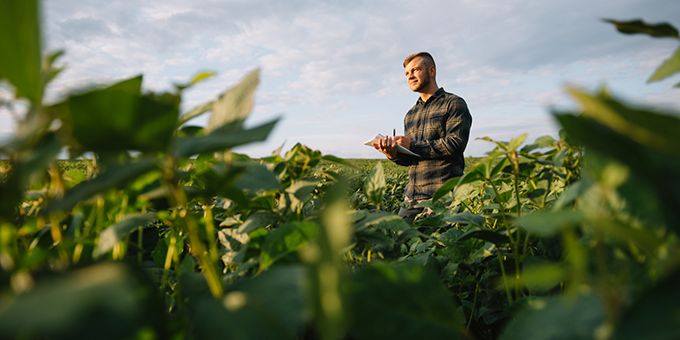 Food Safety Starts With Traceability
Food Safety Starts With Traceability

Article from | Bowery Farming
he global food system moves commodities like corn, wheat, soybeans and novelties like wine, cheese, coffee around the globe every day. It connects smallholder farmers in Iowa with consumers in China and puts Szechuan peppers onto plates around the United States. Yet for all its benefits, this is a big machine with many moving parts. Global supply chains of this size are only as safe as our ability to track them. Our ability to see how food moves through this system is a concept known as traceability.
Traceability in the Traditional Food Supply Chain
An effective traceability system plays an important role as an essential tool used to safeguard freshness, protect quality, and ensure integrity in provenance. In the U.S., field-farming supply chains rely on what’s known as “one up, one down” visibility. Producers in the chain can see information on where the origin of food came from and where it’s going next.
According to Bowery’s Corporate Counsel Ramya Ravishankar, “Current regulations require that farmers know where their seeds come from, then they grow their produce, and they send it down the chain, usually to an aggregator or wholesale distributor who’s getting produce from several or even hundreds of different farms.”
Why Does Traceability Matter?
Traceability is the only way to track and contain outbreaks of foodborne illness, a problem we unfortunately deal with every year in the U.S.
Since the end of October 2020, government agencies like the Food and Drug Administration (FDA) have reported three separate outbreaks of E. Coli 0157 that have infected 72 people in twenty different states and posed a threat to public safety. Only one product recall born out of food contamination has been traced back to a source; in that case, a single-head package of romaine lettuce that originated in California’s Salinas Valley was identified by a laboratory test in Michigan as the origin of the bacteria.
In a time where terms like “contact tracing” have become commonplace (we all can likely visualize the crowned protein structure of the Coronavirus), how are we still unable to effectively combat foodborne outbreaks?
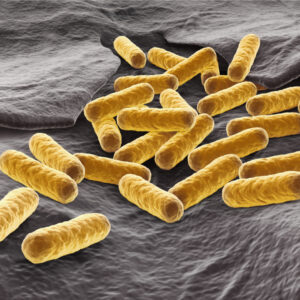
While leafy greens grab headlines for being the cause of many outbreaks, they aren’t the only culprits. In 2019, E. Coli infected hundreds of people who became sick by eating other agricultural products like contaminated flour, ground bison, ground beef, and salad kits. In 2018, a single romaine outbreak originating in Yuma, Arizona affected 210 people in 36 states, resulting in five deaths and 27 reported cases of kidney failure. For every reported E. Coli case, the CDC estimates that another 26 cases will go unreported.
As with most foodborne illness outbreaks, we’re only able to detect a problem once people start getting sick. Disease control and containing outbreaks at that point comes down to how fast you can identify the location of the problem. Unfortunately, tracking the movement of food products through the supply chain is still largely done manually, and record keeping in business is often handwritten on paper. In a world of fragmented supply chains involving intermediaries and trading partners like aggregators, distributors, and transporters, chasing these paper trails within the food chain in the event of an outbreak can sometimes take hours, if not longer.
At the heart of safe food production is a system that underscores the importance of traceability; unfortunately, to meet growing consumer demand, many best practices in the production process are glossed over by food manufacturers and businesses. As a result, the movement of a food item and its lifecycle at each stage of the supply chain is obfuscated.
The Bowery Solution: A Vertically Integrated Supply Chain
Bowery Farming is vertically integrated, meaning we control all aspects of our supply chain and flow of food from the time a single seed enters our farm to when it’s fully grown, packed, and shipped to your local grocery store. And while many food suppliers can claim transparency (i.e., where something came from or how something was made), true traceability requires actionable data, additional recordkeeping requirements, and technological advancements that are not yet widespread in the food industry. Product tracing at Bowery begins with our effective food traceability system that revolves around the power and real-time data collection capabilities of the BoweryOS—the proprietary information, computing, and data infrastructure behind every one of our leafy greens. The BoweryOS plays a critical role in providing our farmers with accurate information when it comes to both external and internal traceability.
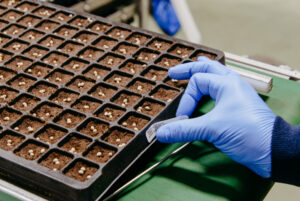
“So much of our traceability comes back to the BoweryOS, which is a hub for data collection, learning, and application,” Ravishankar says. Every plant has a story to tell, from when it was seeded, how long it spent in germination, where it grew up in the farm itself, who harvested it, and even when it was packed.
“By having the system tracking every step, if ever we needed to find out more about the provenance of a specific package of leafy greens or herbs from a specific store, we could recreate that process in a matter of minutes,” Ravishankar adds.
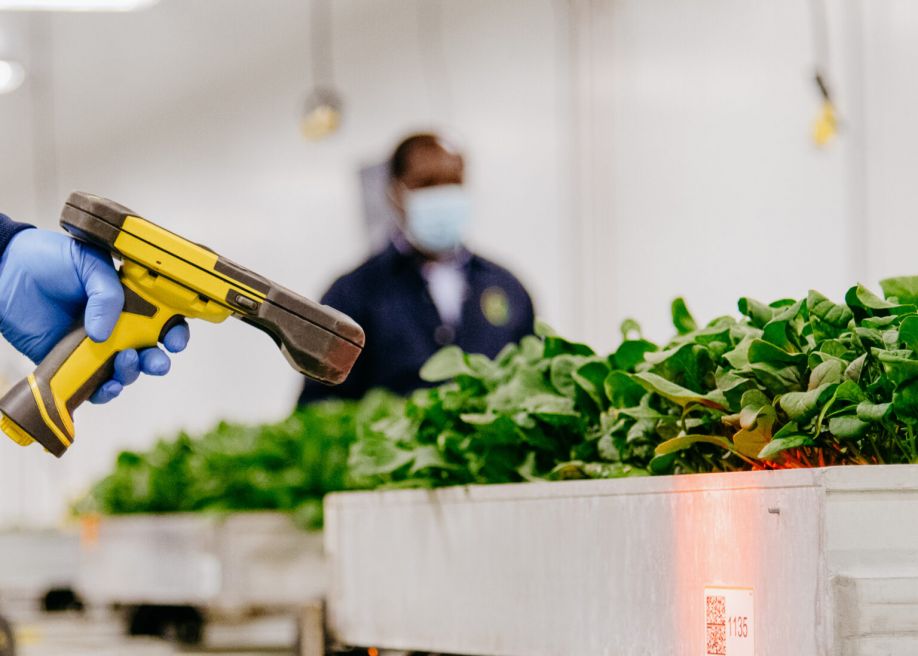
Controlled Environmental Agriculture: A New Industry Standard in Traceability
There is no silver bullet to food safety in this country. Supply chains need to be streamlined, technology needs to improve to allow greater visibility, and tighter government regulations need to demand more uniform safety precautions across all growers. The Controlled Environment Agriculture (CEA) Food Safety Coalition, a group of indoor growers, is working to make these changes a reality. In addition to working on new industry-wide food safety regulations, this recently formed coalition brings together indoor growers and an advisory council of researchers, academics, and industry leaders all focused on raising the bar for the industry. Bowery is proud to be a founding member of the organization.
“Traditional food safety standards for produce don’t take into account indoor farming’s growing practices,” says Bowery General Counsel, Christopher Livingston. One example of these shared standards is water usage. In traditional agriculture, water is not typically tested before being used to irrigate crops, which means that it could contain contaminants, such as pesticides or animal manure, from outside sources and pose a threat to public health.
“Indoor growers, like Bowery, typically use filtered municipal water and then further ensure cleanliness by regularly testing their irrigation water for contaminants and using reverse osmosis to further clean the water,” Livingston says.
These stricter regulations help clarify claims made on packaging like “No Need To Wash,” a phrase often found on packaging from indoor growers, compared to “Triple Washed,” a claim that field growers, who typically sanitize their produce with a chlorine bleach solution after harvesting, often use to extoll the cleanliness of their produce.
Food Safety is Human Health
Correcting the systemic food safety issues that plague our country every year will take a collaborative effort across growers, suppliers, wholesalers, distributors, regulators, and every other player across the supply chain. We think the safety of our produce is a point of difference at Bowery, but it doesn’t have to be this way. Safe to eat produce shouldn’t be thought of as a competitive edge.
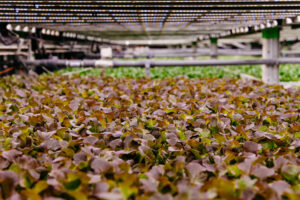
“Food safety is a non-competitive issue within the indoor agricultural industry,” Livingston adds. “We want to raise the level of food safety and compete on things other than food safety. That’s how markets and the industry as a whole will succeed.”
The content & opinions in this article are the author’s and do not necessarily represent the views of AgriTechTomorrow
Comments (0)
This post does not have any comments. Be the first to leave a comment below.
Featured Product

